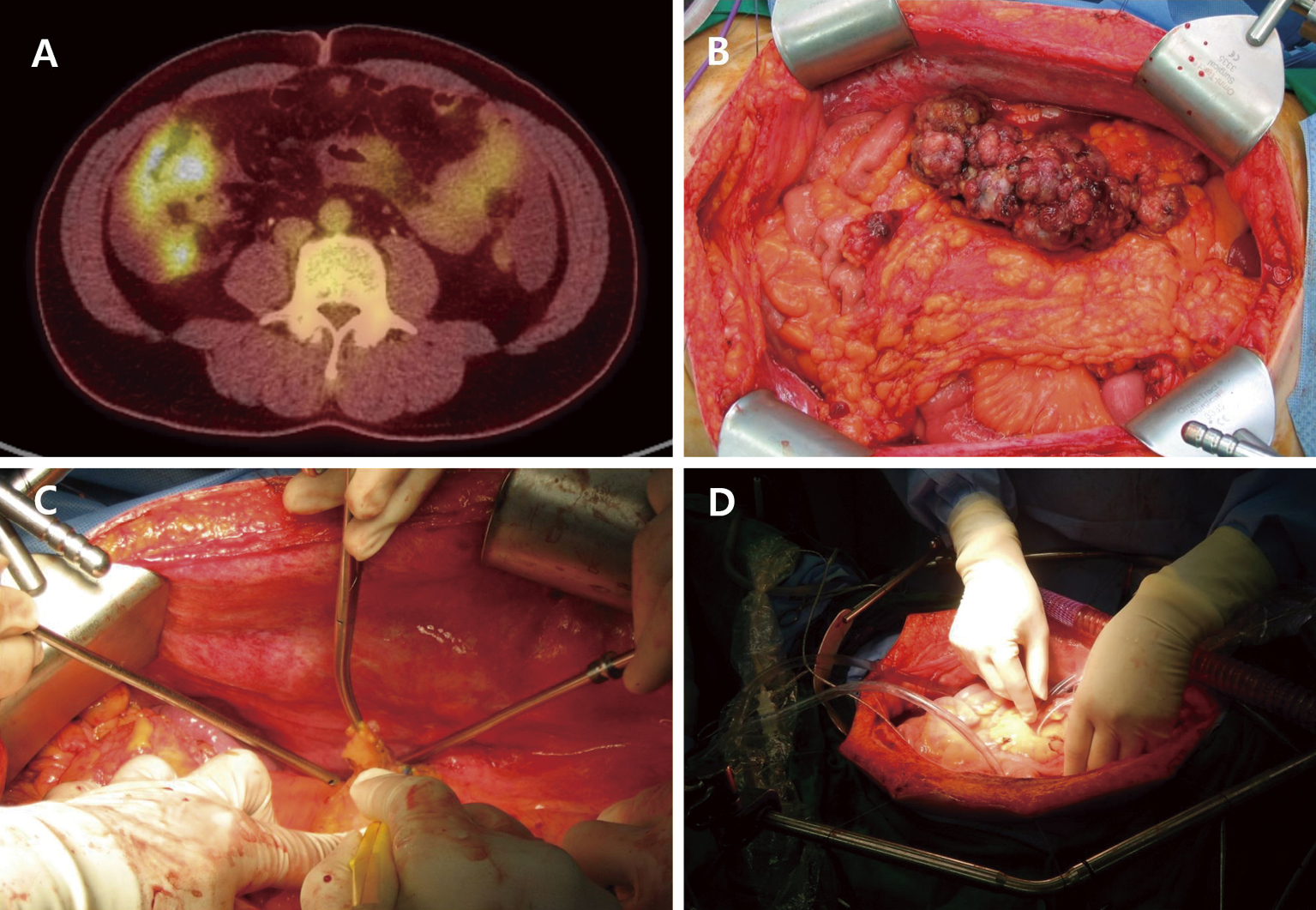Volume 6, Issue 4
Displaying 1-11 of 11 articles from this issue
- |<
- <
- 1
- >
- >|
Review Article: Collaboration with Journal of Korean Medical Association
-
2022 Volume 6 Issue 4 Pages 197-202
Published: October 27, 2022
Released on J-STAGE: October 27, 2022
Download PDF (147K) -
2022 Volume 6 Issue 4 Pages 203-212
Published: October 27, 2022
Released on J-STAGE: October 27, 2022
Download PDF (830K) -
2022 Volume 6 Issue 4 Pages 213-220
Published: October 27, 2022
Released on J-STAGE: October 27, 2022
Download PDF (437K) -
2022 Volume 6 Issue 4 Pages 221-230
Published: October 27, 2022
Released on J-STAGE: October 27, 2022
Download PDF (2301K) -
2022 Volume 6 Issue 4 Pages 231-238
Published: October 27, 2022
Released on J-STAGE: October 27, 2022
Download PDF (568K)
Original Research Article
-
2022 Volume 6 Issue 4 Pages 239-248
Published: October 27, 2022
Released on J-STAGE: October 27, 2022
Download PDF (364K) -
2022 Volume 6 Issue 4 Pages 249-258
Published: October 27, 2022
Released on J-STAGE: October 27, 2022
Download PDF (659K) -
2022 Volume 6 Issue 4 Pages 259-263
Published: October 27, 2022
Released on J-STAGE: October 27, 2022
Download PDF (183K) -
2022 Volume 6 Issue 4 Pages 264-273
Published: October 27, 2022
Released on J-STAGE: October 27, 2022
Download PDF (671K) -
2022 Volume 6 Issue 4 Pages 274-281
Published: October 27, 2022
Released on J-STAGE: October 27, 2022
Download PDF (193K)
Clinical Research
-
2022 Volume 6 Issue 4 Pages 282-288
Published: October 27, 2022
Released on J-STAGE: October 27, 2022
Download PDF (355K)
- |<
- <
- 1
- >
- >|








